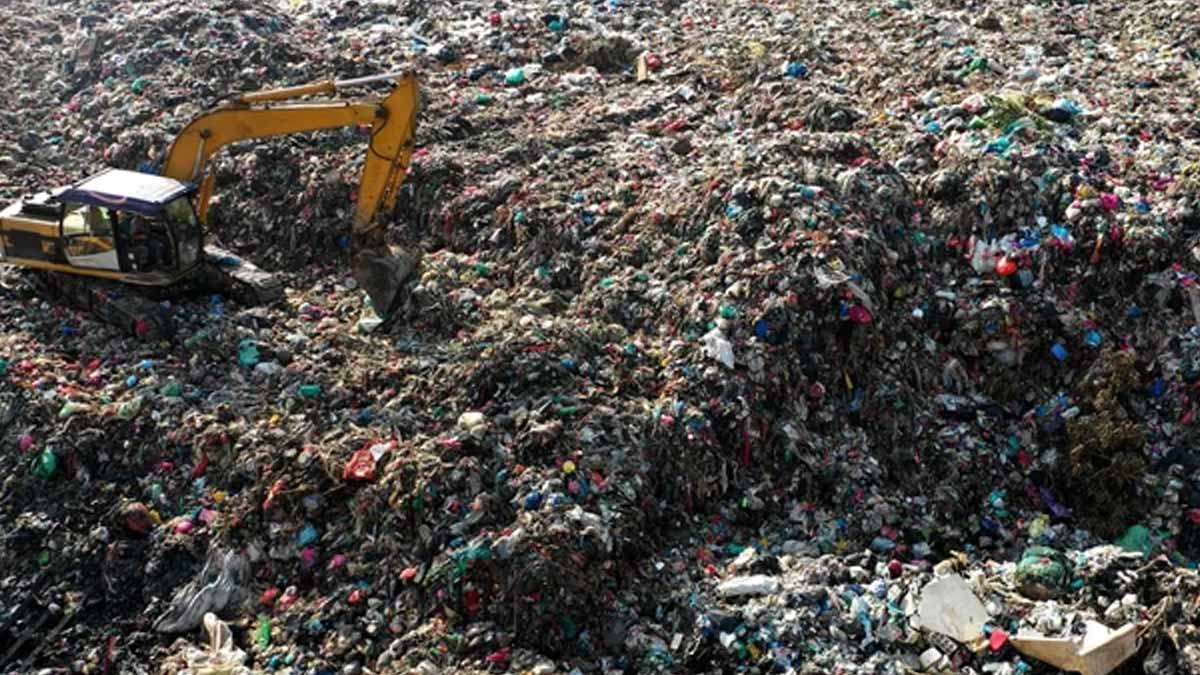A small decision, a bin, and a fortune that never stopped growing. The Welsh technician at the center of this saga has spent years chasing one device under tons of waste, because the stakes kept rising with Bitcoin. His pursuit now enters a new phase as cameras roll, while officials, laws, and physics keep saying no. Every detail matters, yet one question hangs: is there anything left to save?
From a Small Cleanup to a Bitcoin Fortune Lost
During routine desk maintenance in 2013, an IT worker in Newport tossed a hard drive by mistake. It held private keys to 8,000 coins, then valued near $8 million. The drive vanished into a municipal landfill. The loss felt frustrating, yet manageable, because prices were modest and the market still felt niche.
Time kept moving, but the numbers raced ahead. As the cryptocurrency climbed from hundreds per coin toward peaks above $90,000, the scale changed. The same wallet became a life-altering treasure. Estimates settled around $649 million, while a source assessment spoke of about €649 million, so the stakes turned global.
The story hardened into a modern fable as adoption spread and institutions came aboard. Ordinary maintenance turned into a lesson about custody, backups, and risk. The technology promised freedom, yet it demanded rigor. One choice, made quickly, governed everything that followed, and Bitcoin made that choice heavier every year.
How a Documentary Turns a Private Hunt Public
An American production company obtained exclusive rights to chronicle the decade-long chase. The series plans dramatic reconstructions and close access, because audiences want the nuts and bolts. Filming aims to show the engineering, the bureaucracy, and the setbacks without gloss, while post-production adds the scale that landfills and legal files rarely convey.
Delivery is targeted for late 2025, so the arc can breathe. The technician says this will finally show what his team intended to do on site. That means methods, budgets, and safeguards, because the public needs to see more than headlines. The narrative promises the whole path, not only the cliff’s edge.
The personal ordeal becomes entertainment, yet it also becomes record. Viewers learn how permissions stall, how plans evolve, and why hope survives. A quiet struggle turns communal as the world watches, and Bitcoin provides the motive power. The cameras may not find a drive, yet they can capture resolve.
Ecology, Technology, and the Gate That Wouldn’t Open
Local authorities kept saying no, while citing ecological harm. The site stores decades of refuse, so disturbing layers risks toxic gases and leachate that could seep into groundwater. Heavy machinery can shear liners, while pockets of methane build. The surrounding area matters, and long-term damage would outlast any news cycle.
Because officials wanted guarantees, the team designed controls. They proposed drones with mapping AI to narrow the search grid. Robots would execute targeted digging, while monitoring rigs sampled air and water. Containment lines stood ready for hazardous hotspots. The plan, although costly, sought precision so disruption would stay small and measurable.
Finance was not the sticking point, since private money stood prepared. Law and liability were. United Kingdom rules treat discarded items as landfill property after disposal, so permission becomes decisive. Without authorization, no spade can turn. The treasure’s size changed nothing, while Bitcoin kept raising the emotional temperature every month.
Law, Survival Odds, and a Bitcoin Dream on Hold
A British court ruling in 2024 dealt the hardest blow. The judge weighed evidence on electronics buried under chemical and physical stress for more than a decade. Experts explained corrosion pathways, moisture ingress, and crushing loads. Controllers, platters, and connectors likely failed years ago. Even finding the device would not fix time.
Magnetic media suffers in landfill chemistry, because acids and salts do not relent. Plastics embrittle; metals oxidize; seals crack and admit water. Head assemblies seize. Data becomes theory rather than bits, so recovery models collapse. The courtroom, unlike a workshop, deals in probabilities, and those numbers trended to zero.
With that, the hunt had to stop officially. Paperwork closed the door that machines could not open. The technician accepted the ruling while carrying the years on his face. Loss is still loss, even when framed by cameras. The dream held by Bitcoin and memory remains, but it moves offstage.
Lessons for Ownership, Security, and Digital Wealth
This saga teaches custody first. Private keys must live with redundancy, because single points fail. Hardware wallets, seed phrases, and offsite backups reduce catastrophe. Labels on drives matter, while destruction protocols for e-waste matter more. Small habits beat heroics, since heroics begin only after something goes very wrong.
Security is more than tech; it includes context. Family should know how to access assets if something happens, while documents should be clear. A sealed envelope beats a perfect system no one can use. Regulation and property law also shape outcomes, because rules decide who digs and who waits at the gate.
Finally, stories travel. People remember emotions, so they remember warnings. The landfill tale condenses risk, time, and hope into one image you cannot shake. Cameras help fix the lesson, while Bitcoin keeps the stakes visible. The number is huge, yet the message is simple: plan now, not later.
Why this doomed chase still matters for tech and money
Even without a recovered device, the journey informs how we think about value and custody. A documentary will carry the blueprint, while a judgment anchors the limits physics imposes. People will argue about chances, yet they will also change habits. The magnet here is Bitcoin, but the lesson reaches every digital life.
